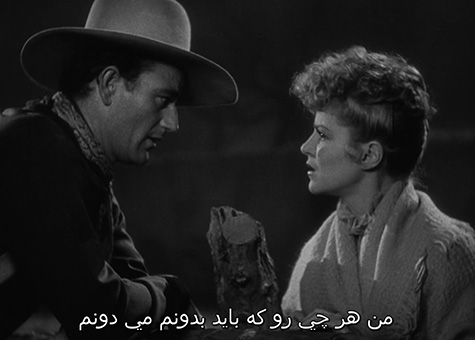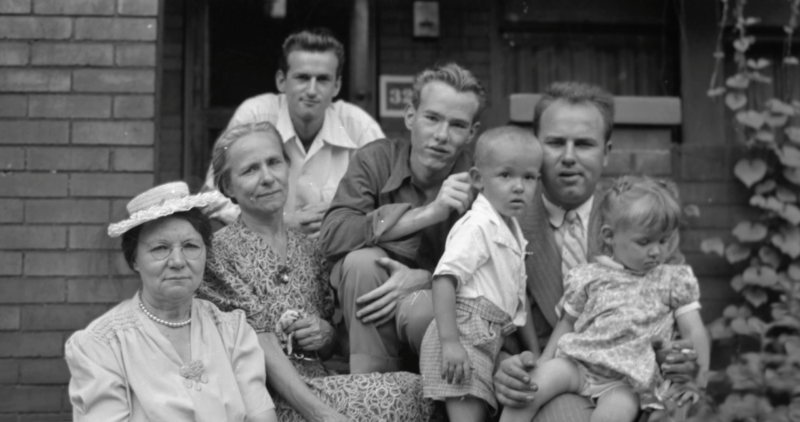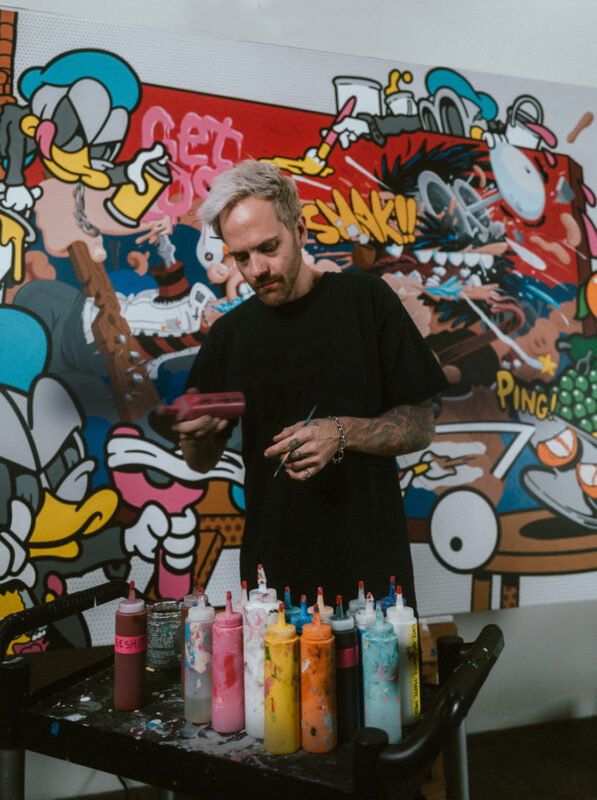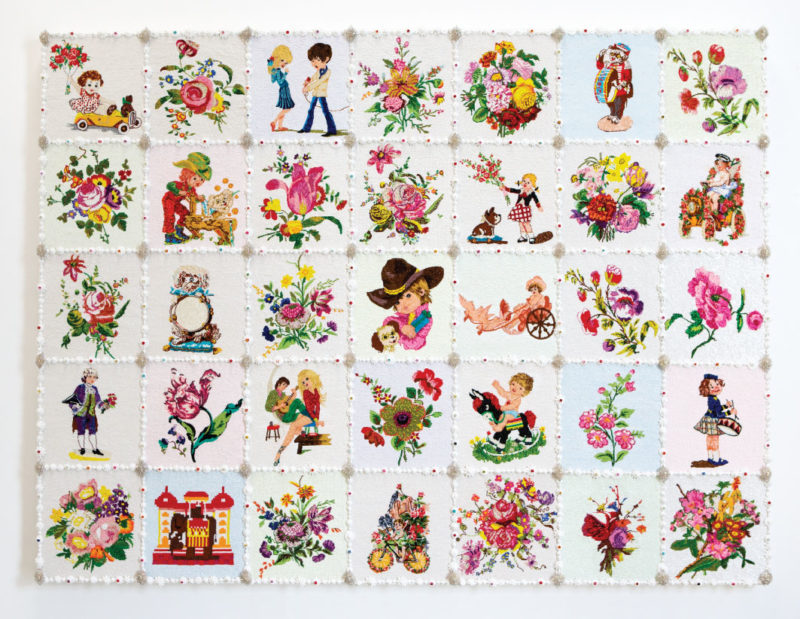Cowboy Cinema
Friday, November 3, 2017, 7 p.m.

John Wayne and Claire Trevor in Stagecoach, 1939 with Farsi subtitles.
Courtesy Westchester Films.
Artist Farhad Moshiri’s lavish canvases draw inspiration from the tropes of the classic American Westerns he absorbed as a child in his father’s cinema in Iran. For artists like Moshiri and Andy Warhol alike, the cowboy represents an enduring symbol of American identity, culture, and aspiration, and serves as fodder for their own pop compositions. Join film scholar Dr. Mark Best and Chief Curator Jose Diaz as they discuss campy clips from Elvis Presley’s Flaming Star, John Wayne classics dubbed in Farsi, the Marx Brothers’ Go West, Andy Warhol’s Lonesome Cowboys, and more, unpacking the romantic myth of the cowboy and its influence in global popular culture.
Sponsored by the Film Studies Program, University of Pittsburgh.
Related Events
Farhad Moshiri: Go West
October 13, 2017 – January 14, 2018




